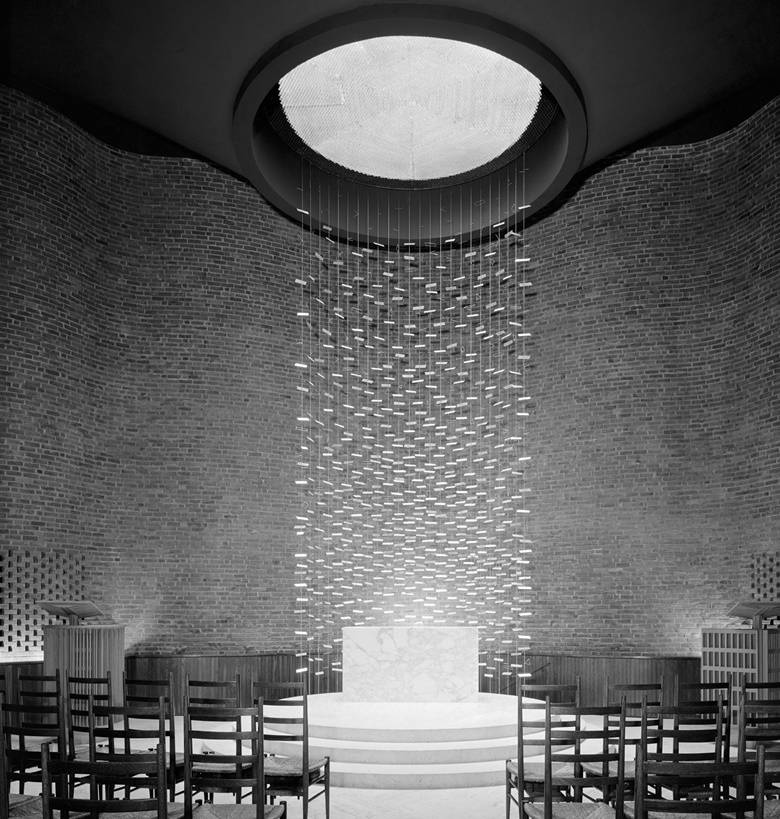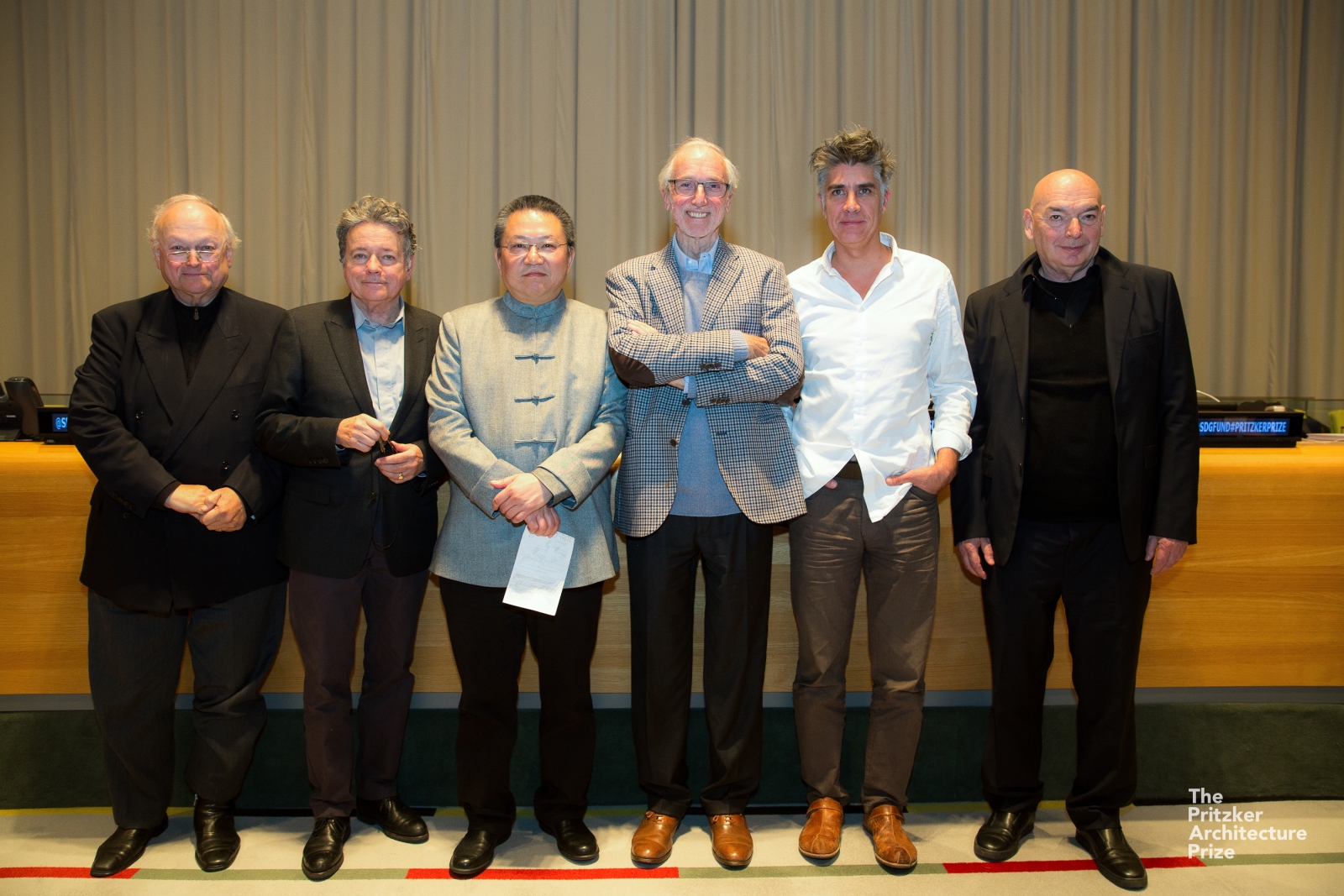June 1, 2012
MIIM Designs LLC led by co-founder Maryam Eskandari have been invited to take part in Rio+20 United Nations Conference on Sustainable Development. MIIM Designs will take part in two platforms: Sustainable Cities and Innovations and Sustainable Development for Fighting Poverty.
Sustainability and Innovations are pillars of development which many cities are struggling to embrace albeit with challenges. Led by Prof. Winnie Mitullah, the concepts are closely linked and have several tenets and cities across the globe address the challenges in varied manner depending on their level of awareness, capacity, and ability to rally relevant resources, including stakeholders. It is therefore useful to hear voices across the globe and share ideas on the challenges facing cities, how the challenges are being addressed, and effective responses and recommendations for ensuring sustainability and innovative approaches for managing cities. We will be focusing on ways to make a contributions to assist heads of State and Governments in Rio+20 come up with:
· Governance models which acknowledge the partnership approaches, and enable cities to effectively reproduce themselves.
· Coordination mechanisms for ensuring synergy among various actors operating within cities.
· Innovative ways and means of mobilizing resources required for various interventions, and effective management of cities for sustainability.
Sustainable Development for Fighting Poverty initiated twenty years ago at the Earth Summit, or Rio 92, produced two important documents that related to sustainable development with fighting poverty: 1) the Letter of the Earth, 2) Agenda 21 in order to match economic growth and population growth in a sustainable manner according to a model economically viable, socially just and environmentally sound.
In 2000, during the United Nations Millennium Summit, world leaders committed to implement by 2015 the Millennium Development Goals, among which include the reversal of extreme poverty, hunger and disease that affect billions of people around the world.
The challenge of Rio +20 must, first, re-validate theses tools and reinforce the importance of its implementation on the horizon proposed: 2015, calling on all sectors of society public, private and third sector, to demand and work on its implementation.
New proposals must be prepared, seeking to enrich these tools and make them more practical and objective: Incorporating measures to avoid future economic crises and build resilience in the eradication of poverty. Much effort in formulation, planning and monitoring results have been achieved and should not be wasted, but enhanced.
Nevertheless the main question that we hope to resolve and answer is:What are the main challenges and objectives for Sustainable Development to succeed in Fighting Poverty?
· Which specific sustainable development policies, explicitly aimed at the eradication of poverty at the local, regional and global level, have been successful?
· How do we reduce the number of people living on less than 1.25 per day?
· How to achieve full and productive employment and decent work for all, including women and young?
· Income partnerships between nations and between different sectors (public, private and third sector) in order to end poverty and promote sustainable development?
· Promote family health, combat infectious diseases (malaria, tuberculosis, HIV and others) and reduce child mortality?


















